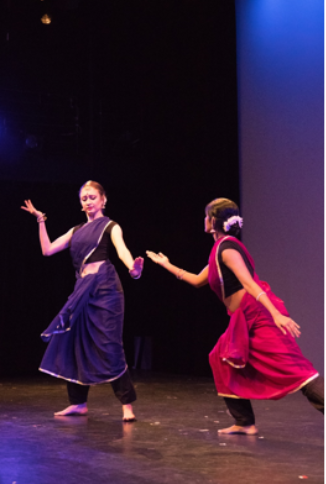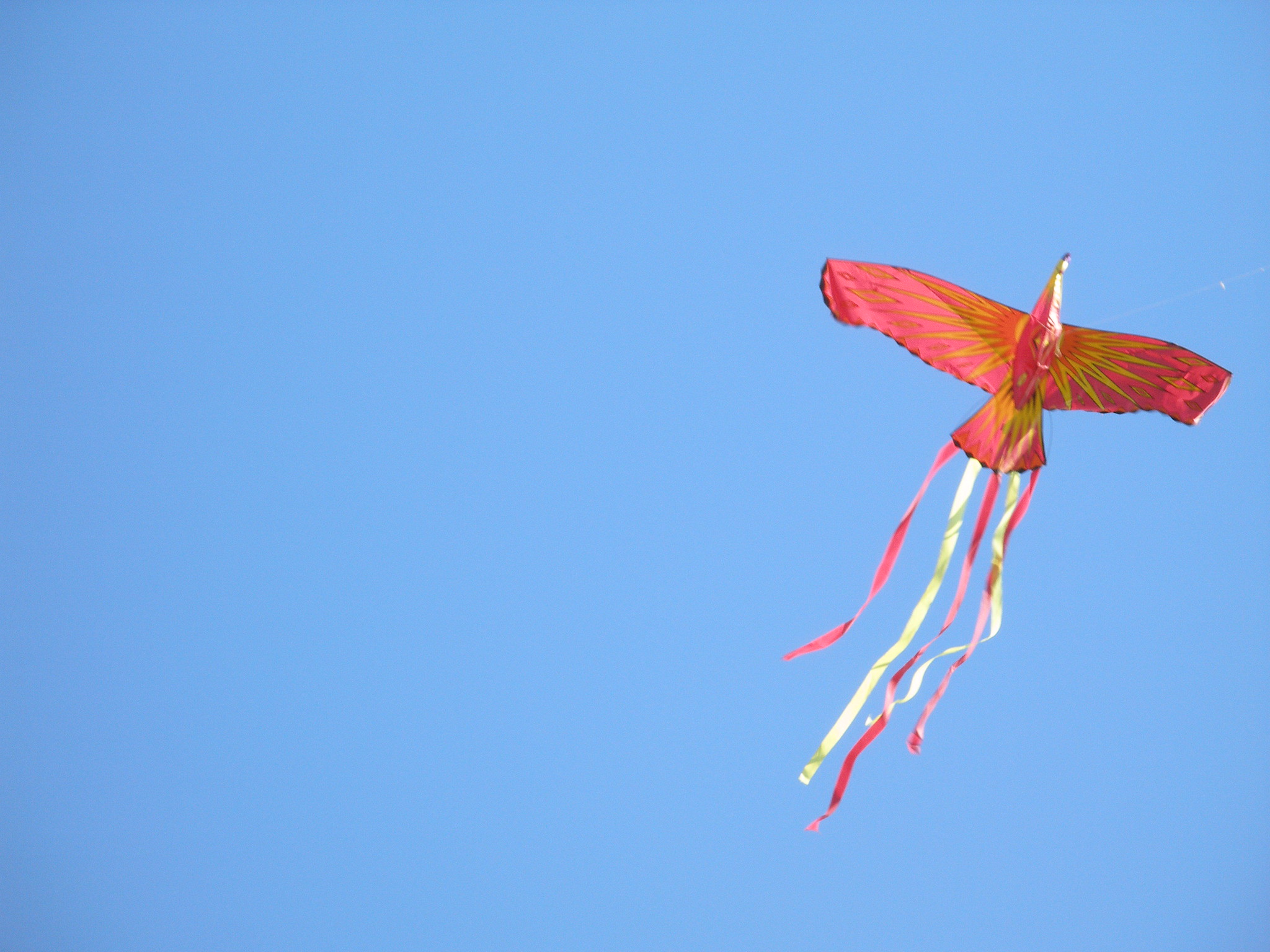 Aseemkala Initiative (1 Posts)
Aseemkala Initiative (1 Posts)We are a group of artists, scientists, and physicians who use our traditional dances to perform stories of healthcare inequity. We are activists who believe that diversity in healthcare stories should be represented by diverse women through diverse traditional dances, empowering unique women while reminding the medical community about the shared goal of improving the human condition equitably.
Exploring ways to teach nonverbal communication in medical training can prove to be beneficial to physicians in the ICU. One way to teach non-verbal, body-based communication is through the language of the body itself — dance.
Recently, several attending physicians sparked controversy on Twitter by implying that low-income medical students or trainees should not pursue careers in medicine. While these tweets have since been deleted, the systemic injustices that they echo still ring in the highest levels of modern medical education. As a medical trainee from an impoverished household, I have spent almost my entire post-secondary education and medical training as part of an invisible demographic.
“You could help us with our diversity efforts. If you came here, you could be a part of building up our diversity program.” Who said I wanted to help with your diversity efforts? Why hasn’t it been built up already?
 Chase T.M. Anderson, MD, MS (3 Posts)
Chase T.M. Anderson, MD, MS (3 Posts)Attending Physician Contributing Author
University of California, San Francisco
Dr. Chase T. M. Anderson (but just call him Chase!) is currently a child and adolescent psychiatrist at The University of California, San Francisco, the Director for The Muses Program for Minoritized Youth, and graduated from adult psychiatry residency at The Massachusetts General Hospital/McLean Hospital and child and adolescent psychiatry fellowship at UCSF. He completed his undergraduate education in Chemistry at The Massachusetts Institute of Technology and his master's in Biological Engineering at MIT as well, and is a graduate of The Northwestern Feinberg School of Medicine.
Their writing has appeared in The New England Journal of Medicine, Nature Mental Health, NPR, Scientific American, in-House Magazine, WonderMind, STAT News, and other news and journal outlets. In their free time, he enjoys going for long walks, doing queer things, listening to K-pop, reading fantasy books, playing soccer, writing, planning dinners with friends, and dreaming of how we can better the world together.




